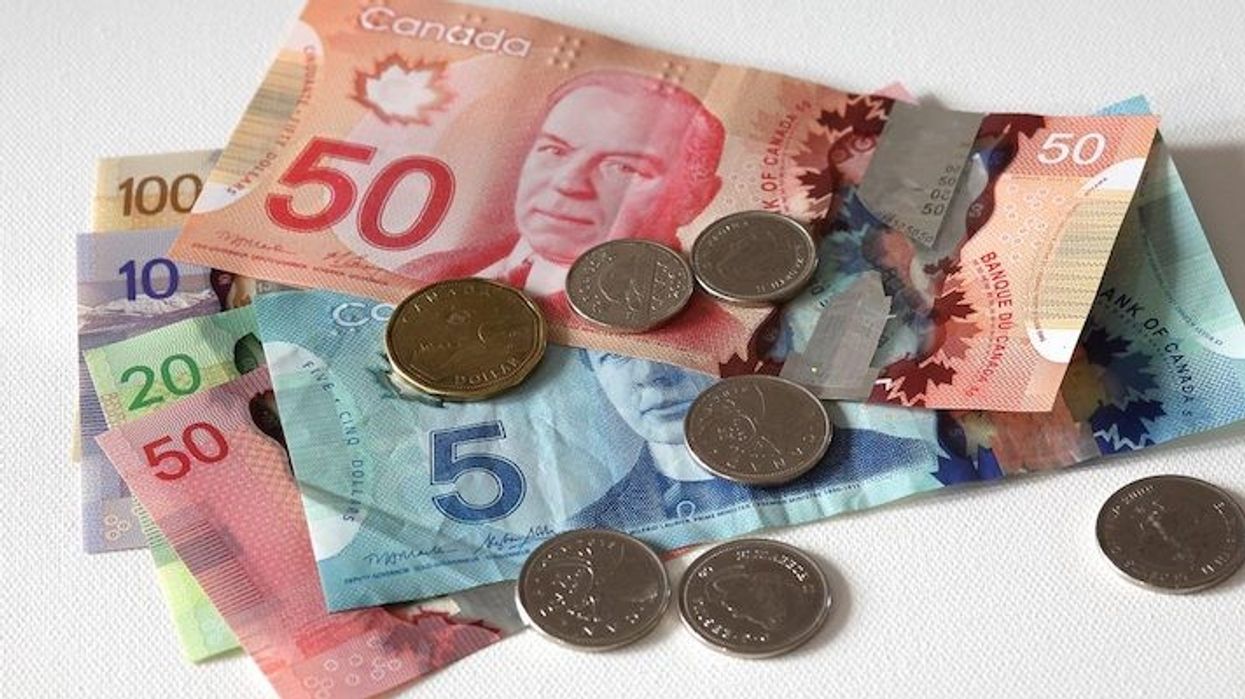If you lost your job or you are unable to work as a result of COVID-19, you can officially start applying for the Canada Emergency Response Benefit (CERB), which provides $500 a week for up to 16 weeks.
However, to ensure the federal application portal can handle the anticipated high volume of applications and the system is not overwhelmed, the federal government has staggered application periods over the workweek based on when an applicant's birth month is.
RELATED:
- Canada Emergency Response Benefit Applications to Open Next Week
- How to Apply for EI and Other Coronavirus Emergency Funding
- Trudeau Announces $2000 a Month for Canadians Affected By COVID-19
On Mondays, applicants born in January, February, and March will be able to submit their application. Those with later birthdays have their own designated day later in the week.
Tuesdays are dedicated for applicants born in April, May, or June; Wednesdays are for July, August, or September birthdays; Thursdays are for applicants born in October, November, or December; and Fridays, Saturdays, and Sundays are open to everyone.
For those unsure if they should apply or want to know if they're eligible, here's everything you need to know about the CERB.
What is the CERB and how much money do you get?
The CERB combines two benefits programs – the Emergency Care Benefit and the Emergency Support Benefit – in an effort to streamline the process. Those who have lost their job, are home ill with coronavirus, or simply not receiving payment from their job, will be eligible.
The single benefit is designed to make it easier for Canadians to apply and receive money, including contract workers and those that are self-employed.
If you qualify, you are eligible for $500 a week for up to 16 weeks. Payments are made in blocks of four weeks, for a total of $2,000 a month. CERB will be available from March 15 to October 3. The deadline for applications is Dec. 2.
Who does it cover?
The CERB covers Canadians who have lost their job, are sick, quarantined, or taking care of someone who is sick with COVID-19, as well as working parents who must stay home without pay to care for children who are sick or at home because of school and daycare closures. The CERB would apply to wage earners, as well as contract workers and self-employed individuals who would not otherwise be eligible for Employment Insurance (EI).
Additionally, workers who are still employed, but are not receiving income because of disruptions to their work situation due to COVID-19, would also qualify for the CERB.
Canadians who have already applied for EI and whose applications haven’t been processed would have to reapply to get the CERB. Additionally, workers who are eligible for EI and sickness benefits would still be able to get normal EI benefits if they are still unemployed after the four months covered by the CERB.
Who qualifies for the CERB?
To be able to get the CERB you need to live in Canada and be at least 15 years old, have a valid Social Insurance Number (SIN), and have had no employment for at least 14 days in a row, or expect to have no income for two weeks during the first month of CERB. For the following months, you expect to have no employment income. If you quit your job, you’re not eligible.
You must have also had an income of at least $5,000 in 2019 or in the 12 months prior to the date of their application. Additionally, the benefit is also available to workers who, after March 15, are eligible for EI regular or sickness benefits.
How should you apply?
Starting Monday, April 6, you can apply online or by phone. If you want to receive your money faster, the government recommends signing up for direct deposit through the CRA by phone or online (all the information for this is available here). You can also sign up for this service through your bank.
When will you start to get paid?
According to the government, you can expect benefits to start depositing within 10 days of your application. There is no waiting period. Again, payments will be received faster if you have a direct deposit set up – within 3 to 5 days according to Prime Minister Justin Trudeau – as opposed to waiting for a cheque to arrive in the mail.





















